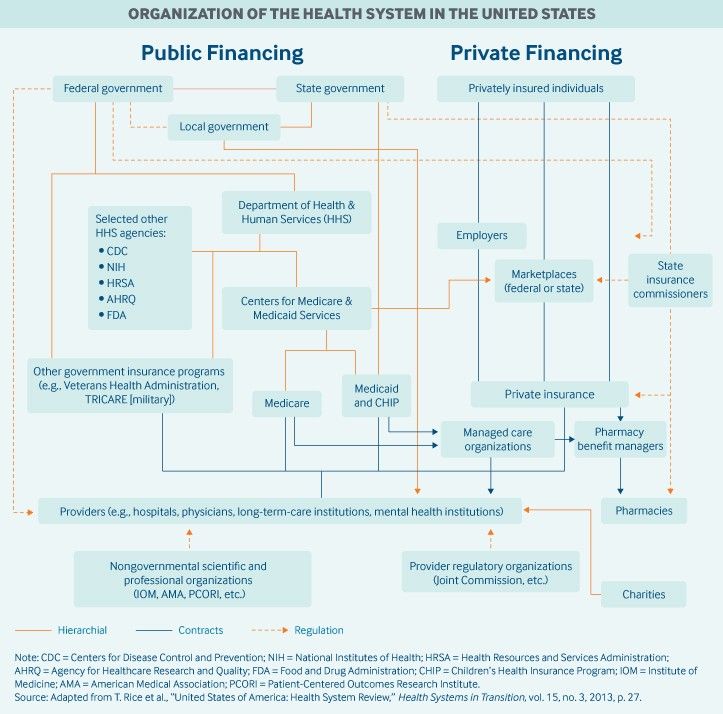
Abstract
In recent years, the healthcare industry has been undergoing a transformation
due to the increasing adoption of digital technologies.
One of the most significant changes is the rise of on-demand
healthcare, also known as telemedicine,
which is a model of healthcare delivery that leverages
technology to provide medical services remotely. This paper explores
the concept of global on-demand healthcare and how it can be made
possible using various digital tools such as AI, drones, video
conferencing, mobile phones, shipping containers, community volunteers, and
payment infrastructure. The paper discusses the benefits, challenges, and
implications of these tools for global on-demand healthcare and provides
recommendations for future research
Global on-demand healthcare refers to the provision of medical services
remotely to patients located anywhere in the world. The model leverages
digital technologies such as video conferencing, mobile apps, and electronic
health records (EHRs) to connect patients with healthcare providers. With
global on-demand healthcare, patients can access medical services from the
comfort of their homes or offices, without the need to travel to a
healthcare facility. However, this model is particularly beneficial for
patients in rural areas who may not have access to specialized medical
services. This paper explores how various digital tools such as AI, drones,
video conferencing, mobile phones, shipping containers, community
volunteers, and payment infrastructure can be leveraged to make global
on-demand healthcare a reality.
AI in Global On-Demand Healthcare
AI has significant potential to revolutionize the healthcare industry by improving
diagnosis accuracy and personalized treatment. AI algorithms can be used to analyze
medical data and generate predictions, recommendations, and insights that can inform
treatment decisions. For example, AI can be used to predict the likelihood of a patient
developing a particular condition based on their medical history, lifestyle, and genetic
factors. AI can also be used to develop personalized treatment plans for patients by
taking into account their unique medical profile.
In global on-demand healthcare, AI can be used to facilitate remote diagnosis and
treatment. For example, AI-powered chatbots can be used to provide patients with basic
medical advice and triage services. AI algorithms can also be used to analyze medical
images such as X-rays and MRIs, which can be transmitted to healthcare providers
remotely. AI can also be used to develop predictive models that can identify patients at
high risk of developing a particular condition, allowing for early intervention.
Drones in Global On-Demand Healthcare
Drones have the potential to transform the delivery of medical supplies and services in
remote or hard-to-reach areas. Drones can be used to transport medical supplies such as
vaccines, drugs, and blood products to patients in rural areas. They can also be used to
transport medical equipment such as diagnostic devices and telemedicine equipment to
remote locations. In addition, drones can be used to transport medical personnel to
remote areas to provide medical services.
In global on-demand healthcare, drones can be used to provide rapid response to medical
emergencies in remote areas. For example, drones can be used to transport defibrillators
or other medical equipment to patients in rural areas who have suffered a heart attack.
Drones can also be used to transport medical personnel to remote areas to provide
emergency medical services. However, the use of drones in healthcare raises a number of
ethical and legal concerns that need to be addressed.
Video Conferencing and Mobile Phones in Global On-Demand Healthcare
Video conferencing and mobile phones are widely used in global on-demand healthcare to
facilitate remote consultation and diagnosis. Video conferencing allows healthcare
providers to conduct virtual consultations with patients, providing medical advice and
prescribing medication remotely. Mobile phones can also be used to transmit medical data
such as blood pressure readings and blood glucose levels to healthcare providers
remotely.
In global on-demand healthcare, video conferencing and mobile phones can be used to
provide medical advice and consultations to patients in remote or underserved areas. For
example, a patient in a rural area may not have access to a specialist in a particular
field. With video conferencing, the patient can be connected with a specialist located
anywhere in the world, who can provide medical advice and prescribe medication remotely.
Remote Pods as Temporary Clinics in Global On-Demand Healthcare
Shipping containers can be repurposed as temporary clinics in remote or underserved areas,
providing medical services to patients who may not have access to traditional healthcare
facilities. Shipping containers can be equipped with medical equipment, supplies, and
technology, allowing healthcare providers to deliver a wide range of medical services
remotely.
In global on-demand healthcare, shipping containers can be used as mobile clinics, providing
medical services to patients in remote or underserved areas. These clinics can be staffed by
healthcare providers, community volunteers, or a combination of both. Shipping containers
can be equipped with telemedicine equipment, allowing for remote consultation and diagnosis.
They can also be used to transport medical supplies and equipment to remote areas.
Community Volunteers in Global On-Demand Healthcare
Community volunteers can play a vital role in global on-demand healthcare by providing
assistance and support to patients in remote or underserved areas. Volunteers can provide
basic medical advice, perform basic medical procedures, and transport patients to medical
facilities if needed. They can also assist with the setup and maintenance of temporary
clinics in remote areas.
In global on-demand healthcare, community volunteers can be trained to provide basic medical
services, allowing them to support healthcare providers in remote or underserved areas.
Volunteers can be equipped with basic medical equipment such as blood pressure monitors,
thermometers, and glucose meters, allowing them to perform basic medical procedures.
Volunteers can also be trained to use telemedicine equipment, allowing them to conduct
remote consultations with healthcare providers.
Payment Infrastructure in Global On-Demand Healthcare
Payment infrastructure is critical in global on-demand healthcare, as it allows patients to
pay for medical services remotely. Payment infrastructure can be integrated with
telemedicine platforms, allowing patients to pay for medical consultations and services
online. This infrastructure can also be used to process insurance claims and reimbursements,
making it easier for patients to access medical services remotely.
In global on-demand healthcare, payment infrastructure can be used to make medical services
more affordable and accessible to patients in remote or underserved areas. Patients can pay
for medical consultations and services online, eliminating the need to travel to a
healthcare facility to make payment. Payment infrastructure can also be used to facilitate
insurance claims and reimbursements, making it easier for patients to access medical
services remotely.
Global on-demand healthcare is a promising model of healthcare delivery that
leverages tools such as machine learning models, eVtol drones, video conferencing,
mobile phones, and digital
payment infrastructure to provide medical services remotely.
Global on-demand healthcare is a promising model of healthcare delivery that leverages
digital tools such as AI, drones, video conferencing, mobile phones, shipping
containers,
community volunteers, and payment infrastructure to provide medical services remotely.
These
tools have the potential to improve access to medical services, reduce costs, and
improve
health outcomes for patients in remote or underserved areas. However, the implementation
of
these tools raises a number of challenges and ethical considerations that need to be
addressed. Future research should focus on developing best practices for the
implementation
of these tools and addressing the challenges associated with their use in global
on-demand
healthcare.









